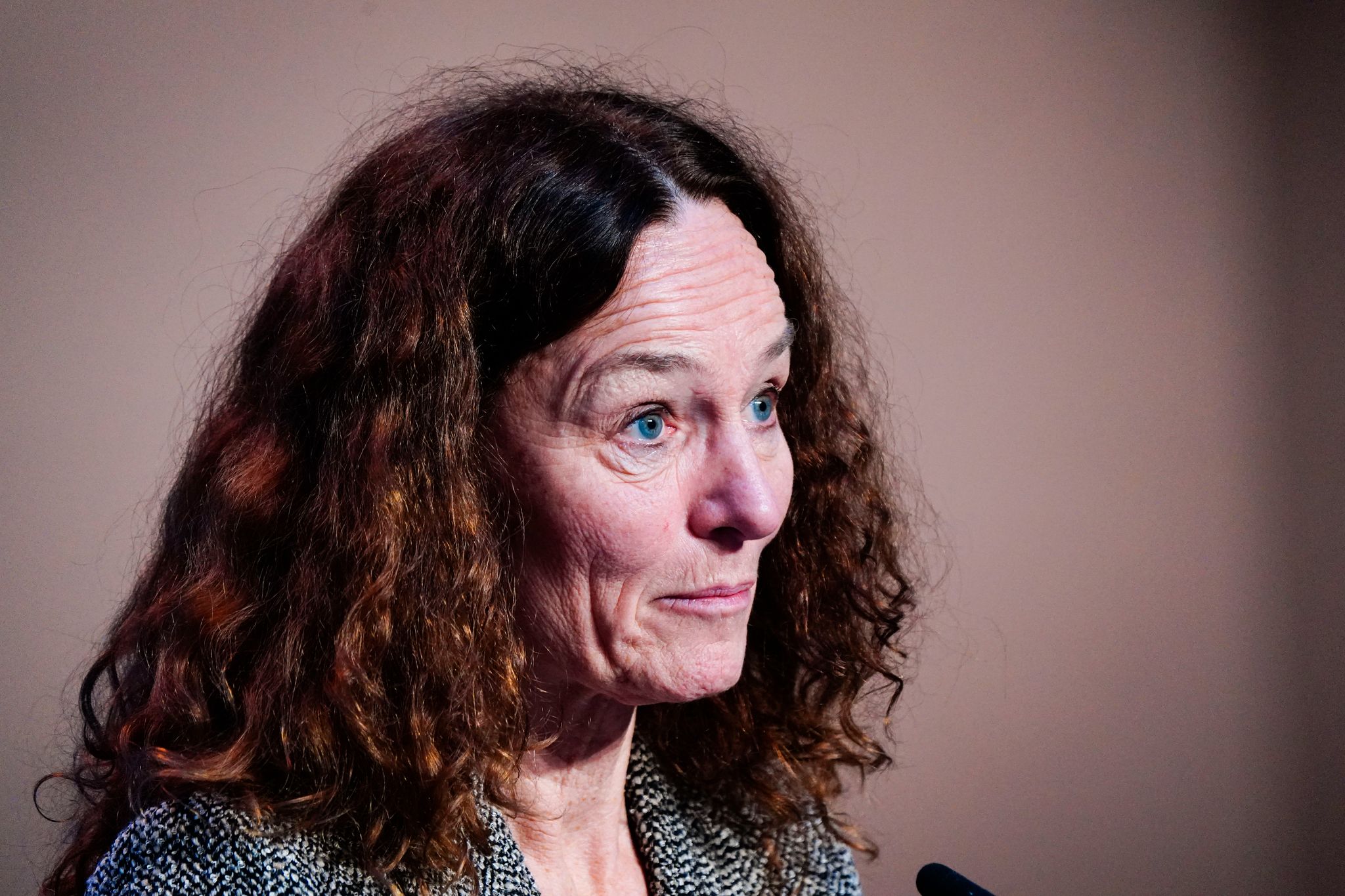Children and young people are shielded from the strictest corona measures. This has made schools a new epicenter of infection.
The National Institute of Public Health’s director Camilla Stoltenberg describes the infection situation as serious and unstable. Photo: Lise Åserud / NTB
––
8. mars 2021 16:10
Last updated just now
—
– It is a big dilemma, says FHI head Camilla Stoltenberg to NTB.
She points out that it is now the group 13-19 years that has the most new infections per inhabitant.
Stoltenberg points out that schools give the virus an arena where it can spread in a completely different way than in adults and the elderly.
– We want to shield children and young people so that they can be at school. That is a clear priority. At the same time, we see that there is now a significant spread of infection in this age group, says Stoltenberg.
Both must be handled, she emphasizes. The big question is whether the infection can be stopped without the schools having to close.
– We are working to make it happen. But this will now be considered by the government.
Awaiting response from the government
The first conclusions can be reached as early as Tuesday morning. Then Prime Minister Erna Solberg (H) will inform the Storting about which corona measures will apply in the future.
– What the government is looking at first and foremost is what national measures we should have. It is an important job to try to balance the measures so that they are proportionate, and so that they are as targeted as possible. This applies whether you decide them nationally or locally, Stoltenberg explains.
In Oslo, several schools are now closed due to outbreaks. Stoltenberg says she understands that such short-term closures are sometimes necessary to get an overview and strengthen capacity locally.
– The goal will always be to have a system that makes it possible to have the schools open. But whether it is the government’s assessment that it is possible now, I can not answer.
Severe and unstable
The infection situation nationally is described by Stoltenberg as serious and unstable.
– The uncertainty is related to whether we have sufficient measures.
From week six to week eight, there has been an increase in new registered infections of around 80 per cent. And the spread of infection seems to have continued at the same pace in week nine.
Last week, the so-called infection rate R was calculated at 1.3. This means that an average of 100 infected people will spread the infection to 130 new people, so that the total infection in society increases.
– It seems that the R-number is still at that level, but we will get a new calculation soon, says Stoltenberg.
The increase in infection affects all age groups, but especially the groups under 60 years.
Demanding waiting period
In Oslo, strict, new measures were introduced just a week ago. Stoltenberg believes it is too early to say whether these measures are enough.
– The measures are strict. It is very quiet in Oslo now. The measures start to work immediately, but it takes a little longer before we can measure the effect on the number of infected and hospitalized, she points out.
Precisely this waiting period before one sees the effect of new measures is difficult, according to Stoltenberg. It is demanding to decide whether to invest more, or whether to wait and see.
– The scary thing about waiting is that if it is too little, then we can get a further increase in infection, so that we struggle more to get it down, she says.
– But the scary thing about implementing even stricter measures is that the burden of measures is great. They have been around for a long time, and they harm both individuals and society. This balancing act is very difficult.
–


